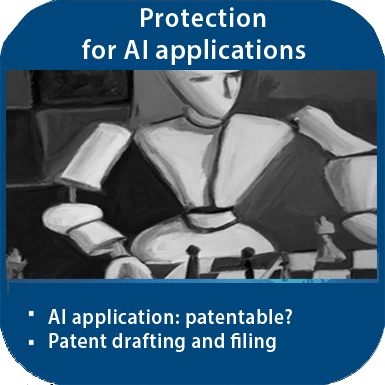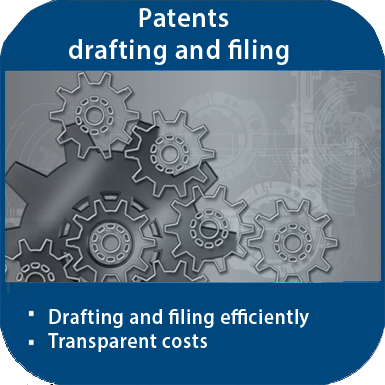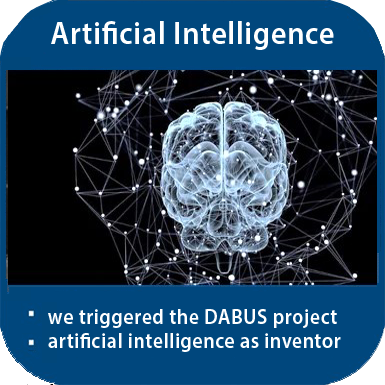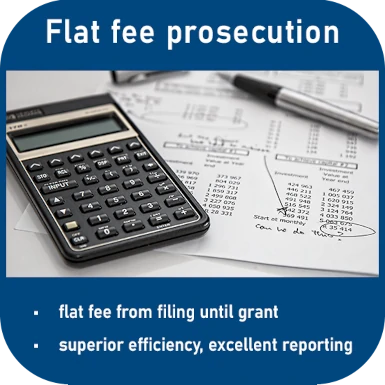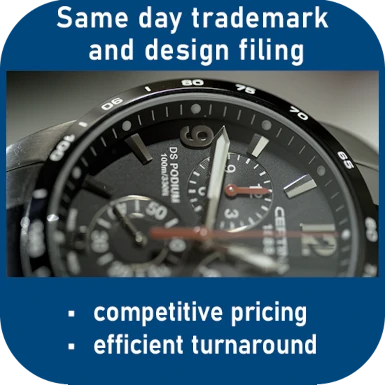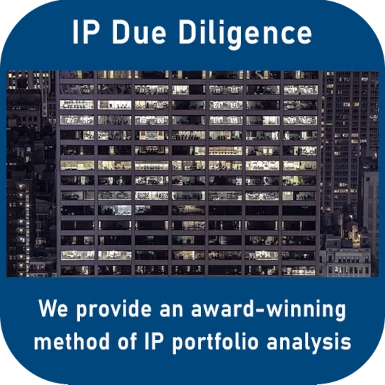BGH: Is general knowledge obvious?
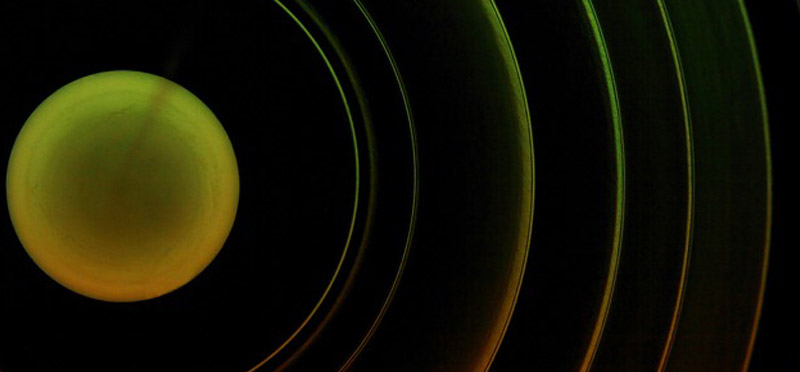
In patent disputes in invalidity proceedings, an important aspect is always whether the solution to the technical teaching would have been obvious to a notional person skilled in the art. In this context, the Federal Supreme Court (Bundesgerichtshof, BGH) ruled on the question of whether general knowledge is to be considered obvious to a person skilled in the art in the leading decision Leuchtdiode.
The patent: improving a Light-emitting diode alias LED
The case concerned European Patent No. 1 697 983 (granted with effect for the Federal Republic of Germany), which relates to highly efficient light-emitting diodes based on gallium nitride with surface roughening. In common, the so-called N light-emitting diodes are known as "LEDs". In this context, the patent in suit concerns the technical problem of improving the efficiency of light extraction from GaN-based light-emitting diodes. It has been in force for almost 20 years, the patent in suit was filed in December 2003.
However, invalidity proceedings have been pending on this patent for years. The applicant and plaintiff had claimed that the subject matter of the patent in the suit was not patentable, went beyond the scope of the originally filed application, and was not disclosed so clearly and completely that a person skilled in the art could carry it out.
This action was successful before the patent court of first instance (BPatG), and the patent in suit was declared invalid in its entirety in July 2020 (Federal Patent Court (BPatG, 02.07.2020 - 2 Ni 22/20 (EP)). The patent proprietor appealed against this decision, defending the contested patent as granted and, in the alternative, in the versions of the first-instance auxiliary requests 1, 1D, and 3. The Federal Court of Justice (BGH) ruled on this in leading decision Leuchtdiode (BGH, X ZR 82/20).
The technical solution of the patent in suit - disclosed?
To increase the light emission, an active layer is generally inserted at the interface between the n- and p-semiconductor in high-efficiency light-emitting diodes. According to the patent in suit, the internal quantum efficiency of GaN-based light-emitting diodes, which is determined by the crystal quality and epitaxial layer structure, can be improved only slightly.
On the other hand, there is still great potential for improvement in increasing the light extraction efficiency. The extraction efficiency is also influenced by the structural design of the light-emitting of the light emitting diode. Specifically, due to the different refractive indices of GaN and air, the critical angle for the light emission cone is 23░, which means that the vast majority of the light is not reflected out of the semiconductor, but back into it.
To solve the problem, the patent in suit, therefore, proposes in claim 1 a light-emitting diode with certain features, especially with regard to the nitrogen surface referred to as the "N-surface", and in claim 9 a method for its manufacture. This subject matter is also the subject of technical literature, including literature from 2003, which was consulted for this case.
Was the patent in suit inventive or obvious?
The Federal Court of Justice stated that the Patent Court had rightly decided that the subject-matter of the granted claims 1 and 9, starting from FROH08, was not based on an inventive step. According to FROH08, the growth of GaN layers on a sapphire substrate is carried out by means of the MOCVD process. The subject-matter of the granted claims 1 and 9 was obvious to a person skilled in the art based on FROH08 and using the technical knowledge imparted to him by FROH12, the Federal Court of Justice ruled.
However, with regard to the version of the patent in suit according to auxiliary request 1D, the BGH ruled differently from the Patent Court, which had also found this version to be non-inventive. This decision of the BpatG was not correct.
The Federal Court of Justice referred to case law according to which the identification of a product may also be characterized by the method of its manufacture if identification by parameters of its properties is impossible or quite impracticable (Federal Court of Justice, 30 March 1993- X ZB 13/90, GRUR 1993, 651, 655 - Tetraploid camomile).
This is also true in the present case. According to auxiliary request 1D, features 1.3 and 9.3 are supplemented in such a way that the exposed N-surface is or will be roughened by anisotropic etching, resulting in a structuring of the exposed N-surface into a plurality of randomly arranged hexagonal cones.
No suggestion had been apparent to a person skilled in the art to have resorted to the etching method known from the prior art, such as anisotropic etching, irrespective of the use of a laser. Since FROH14 does not contain any reference to the importance of the polarity of the surface to be etched with regard to the production of the surface structures by means of laser etching, there was, in the view of the Federal Court of Justice, also no indication for the skilled person to attach any importance to the distinction between N and Ga surfaces.
That the skilled person, in the opinion of the patent court, does not consider the statement in FROH14 on the difficult corrodibility of GaN to be unrestrictedly valid and that nothing would have prevented him from etching the N surface by means of a KOH solution and thus producing the pyramidal surface structure, also did not prevent the assumption of inventive step, the BGH said.
Is common knowledge obvious to the person skilled in the art?
The finding of a new teaching for technical action cannot already be assessed as 'not being inventive' if merely no impediments appear. Rather, the Federal Court of Justice explained, this assessment presupposes that what is known gave the person skilled in the art cause or suggestion to arrive at the proposed teaching (see also BGH judgment of 8 December 2009 - X ZR 65/05, GRUR 2010).
"The fact that knowledge of a technical matter is part of general technical knowledge does not prove that it was obvious for the person skilled in the art to make use of this knowledge when solving a particular problem", the BGH said in the second part of its leading decision.
The first part of the leading decision makes it even clearer to what extent general knowledge can lead to an obvious solution path:
"Following a certain solution path was obvious to the skilled person, if he had used a citation to solve a technical problem (growing GaN layers on a sapphire substrate to produce a light-emitting diode) and this citation had shown him a way of solving the problem with a reasonable expectation of success (growing in the [0001] direction by means of metal-organic chemical vapour deposition [MOCDV]), in particular, if this solution was generally the prevailing practice (for GaN semiconductors) and alternative approaches did not justify significantly higher prospects of success. ". (This is our own translation; youĺll find it as an original German sentence in our German IP Blog.)
In practice, this means that taking the solution route is the key moment of a good argumentation.
Our patent law firm is experienced in that. We would be happy to advise and represent you in such a case and in any other questions concerning a patent application. Please request a business proposal - it is free of charge and non-binding for you. Contact us by phone at +49 (0)69 69 59 60-0 or at info@kollner.eu.
